WatchwithSun
Chic Watches with Affordable Price
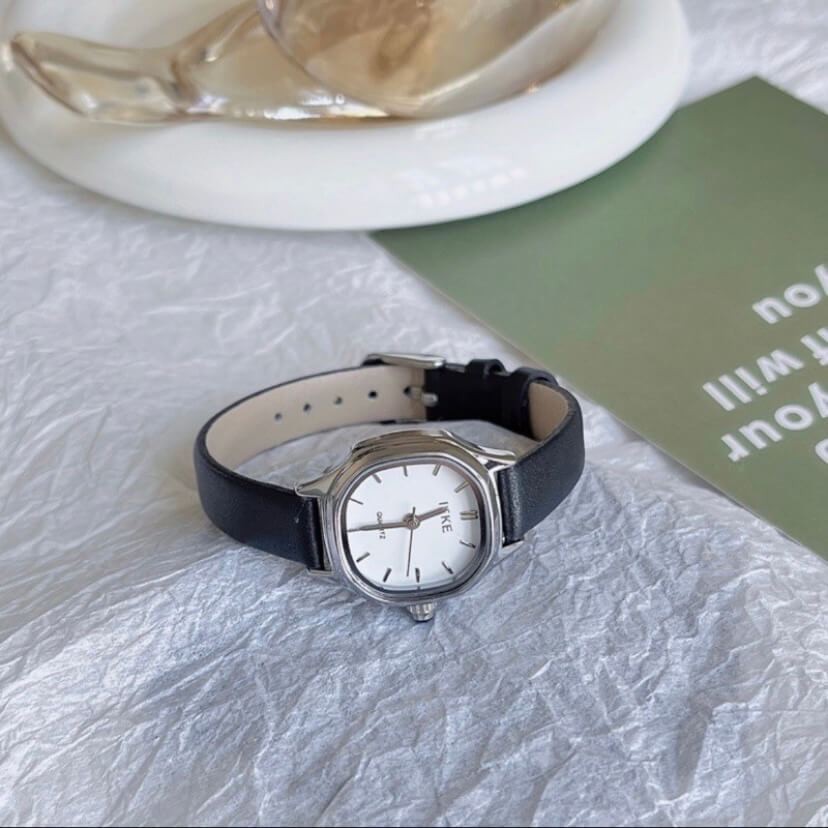
Hello, watch aficionados and budding horologists!
If you’ve been eyeing that wrist candy but don’t know where to start, you’ve come to the right place! We’re about to take you on a journey through time (pun intended), so sit tight and buckle up—or should I say, strap in?

So, you’re ready to dive into the world of watches, but the maze of terms like “movement,” “bezel,” or “lugs” are throwing you off? Don’t sweat it; we’ve all been there. Understanding watch anatomy is like knowing the ABCs before you start to read—a foundational step that will guide you through your watch-purchasing journey. Let’s break down the basics.
Think of the case as the backbone of a watch. It holds everything together and often contributes to the timepiece’s durability and aesthetic appeal. The case houses the movement and the dial, so it’s the main component that protects the intricate parts inside. Cases are typically made of stainless steel, titanium, or ceramic. The choice of material affects not just the look, but also the weight and durability of the watch.

Ah, the dial—the “face” of the watch, if you will. This is where you’ll find the hands, indices, and possibly other elements like date windows or sub-dials. The design and layout of the dial are vital because that’s what you’ll be looking at most of the time. It should be easy to read, yet reflective of your style. The dial can also feature different textures and patterns, from a minimalist aesthetic to a complex, multifunctional design.
The bezel is the ring that surrounds the dial and holds the watch crystal in place. Bezels can be fixed or rotatable and sometimes contain markings to serve functions like tracking elapsed time. Dive watches often have unidirectional rotating bezels that help divers monitor their time underwater.
Meet the control center of your watch. Located usually on the right side of the case, the crown is used to set the time, date, and other functions depending on the watch’s features. Some crowns are screw-down types, enhancing the watch’s water resistance.
Ever wonder how the watch strap is held in place? Cue the lugs. These are extensions from the case that securely hold the strap or bracelet. The design and size of the lugs can impact how the watch sits on your wrist, thus influencing comfort.
Last but certainly not least, the strap or band is what keeps the watch on your wrist. Materials vary widely, from classic leather and stainless steel to modern silicone or fabric. The strap is not just an accessory but a statement of your personal style.
Understanding these basic parts of a watch will not only help you speak the lingo but will also guide you in making an informed choice. After all, a well-chosen watch is like a symphony—a harmonious blend of individual elements coming together to create something truly magical. So now that you’re armed with this knowledge, you’re one step closer to finding your dream timepiece.
Okay, you’ve just taken your first step into watch wisdom by familiarizing yourself with the basic anatomy. Now let’s talk about something that usually captures the eye (and sometimes the heart) first—the brand. It’s easy to get lost in the sea of iconic logos and marketing jingles, but understanding the significance of the brand in watchmaking can make or break your investment.

When it comes to watch brands, history often speaks volumes. Brands like Rolex, Patek Philippe, or Omega have been around for over a century and have excelled in fine watchmaking through generations. These names are not just selling watches; they’re selling heritage, innovation, and a lineage of craftsmanship. A timepiece from a well-regarded brand is likely to offer a remarkable level of quality, accuracy, and longevity.
Not all watches are created equal, and the same goes for brands. While the luxury names might be the gold standard, entry-level brands like Seiko, Citizen, and Timex offer great quality watches at a more accessible price point. These brands might not have the diamond-encrusted faces or gold bracelets, but they do offer reliable, stylish, and often innovative watches.
Some brands excel in specific types of watches. For example, if you’re an outdoor enthusiast, a brand like Garmin or Suunto might be up your alley with their range of rugged, feature-rich sports watches. On the other hand, if you’re looking for an elegant dress watch, a brand like Cartier or Jaeger-LeCoultre may be more suitable.
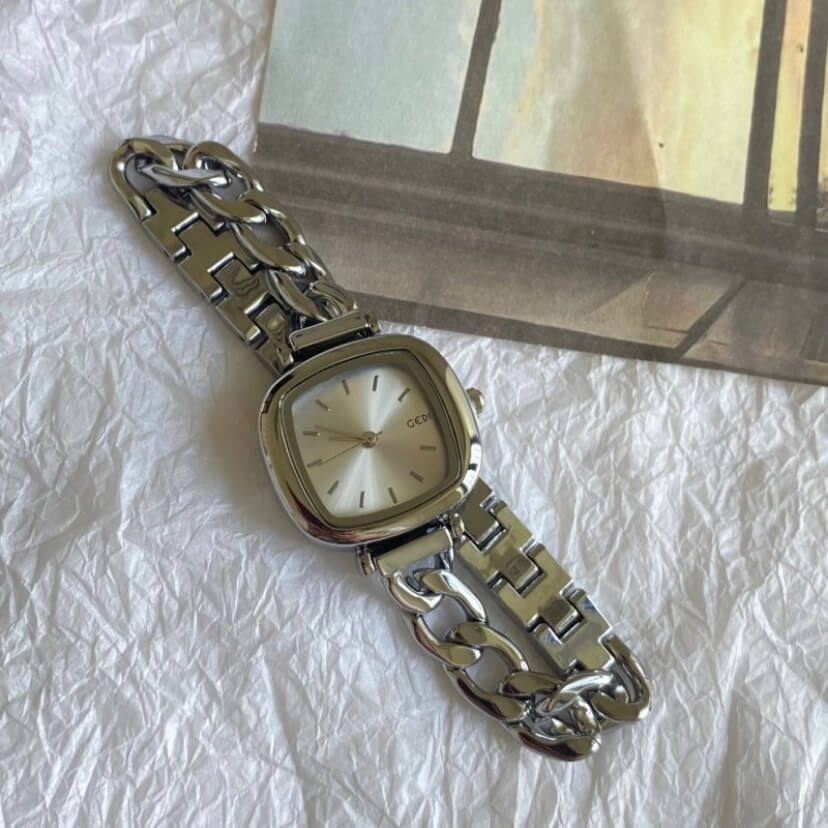
Believe it or not, the brand’s reputation can significantly affect your watch’s future worth. Luxury watches often retain—or even increase—in value over time, making them not just a purchase but an investment. Always consider this factor, especially if you’re splurging on a high-end piece.
A well-known brand often comes with a sense of community and a promise of reliable aftercare services. Whether it’s a vibrant online forum for watch enthusiasts or a dependable customer service and repair network, the brand often extends beyond the timepiece itself.
Lastly, never underestimate the emotional quotient. Sometimes, the appeal of a brand comes from a personal story or a symbolic aspiration. It might remind you of a loved one, signify a life milestone, or even resonate with your own journey.
In a nutshell, the brand is not just a tag; it’s an essential part of your watch’s identity and your own. So, take the time to research, understand the heritage, and, of course, find a brand that feels like ‘you.’ Happy watch-hunting!
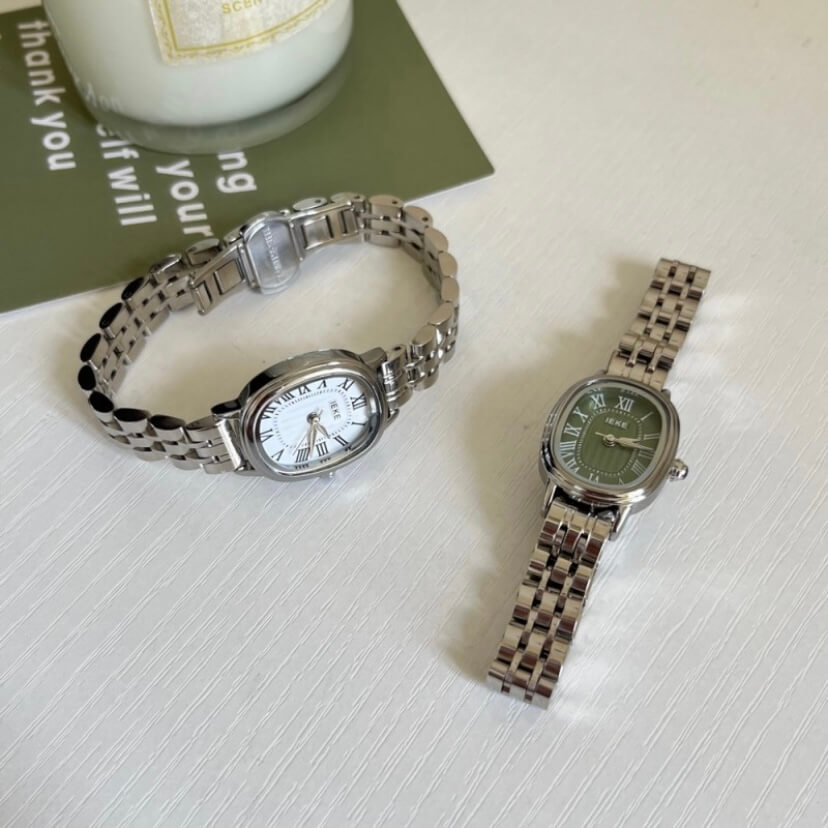
Once you’ve gone beyond the face value of a brand, it’s time to dig deep and look at what makes your watch tick — literally! The movement, or the ‘engine’ of the watch, is the mechanism that measures and displays the time. While there are many types of movements out there, we’ll focus on the most common ones: Quartz, Mechanical, and Automatic.
For those who prioritize accuracy and low maintenance, quartz watches are the go-to. Powered by a battery, quartz movements are incredibly accurate, losing or gaining only a few seconds per month. They’re also generally more affordable and require less upkeep, making them excellent for day-to-day wear.
If the idea of winding your watch excites you and you have a soft spot for intricate craftsmanship, then a mechanical watch is your calling. These watches are powered by a mainspring, a coiled wire that is wound by turning the crown of the watch. Mechanical watches can be true works of art, showcasing their detailed movements through a transparent back case. However, they do require more maintenance and are often more expensive. They may not be as accurate as quartz watches, but they’re rich in history, character, and mechanical beauty.
Automatic watches offer a middle-ground for those who appreciate mechanical craftsmanship but don’t want to wind their watch manually. These watches harness energy through the natural motion of the wearer’s arm to power the watch, making manual winding unnecessary if worn regularly.
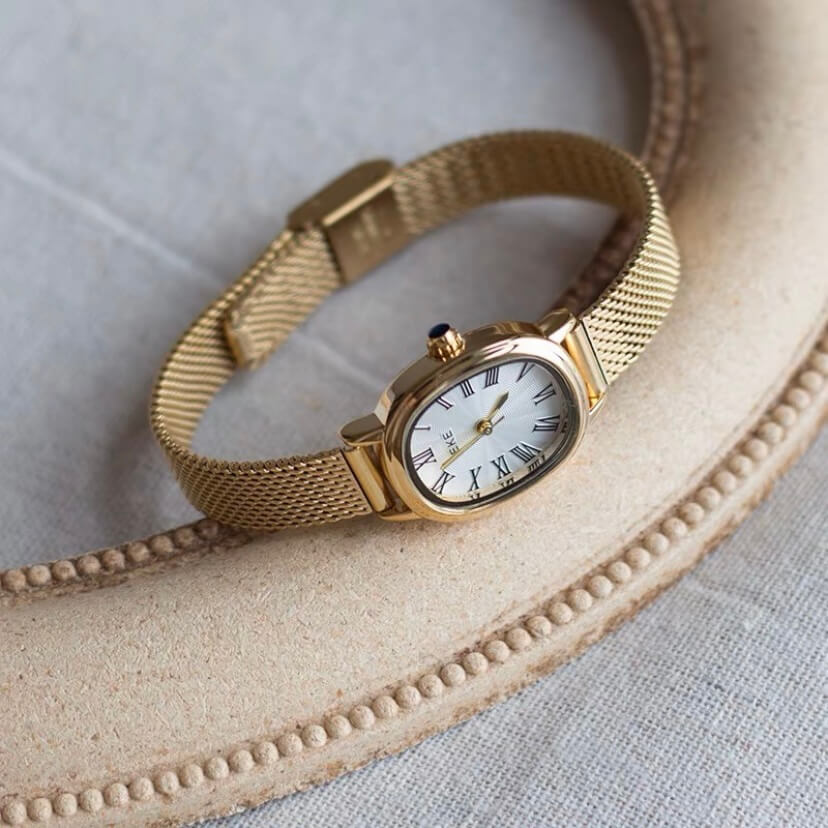
With advancements in technology, we also see a blend of traditional watch mechanics and modern features. Hybrid smartwatches combine quartz or automatic movements with functionalities like fitness tracking, notifications, and more. While not as ‘smart’ as a full-fledged smartwatch, these hybrids offer a balance of classic design and contemporary features.
In the eco-conscious era, solar-powered watches are making their mark. Brands like Citizen with their Eco-Drive technology are leading the way. Similarly, Seiko’s Kinetic watches store energy from the wearer’s movement in a rechargeable battery, offering another alternative to conventional battery-powered quartz watches.
The type of movement you choose says a lot about what you value in a timepiece—whether it’s the high-accuracy and low maintenance of quartz, the artistry and tradition of mechanical, or the innovative features of modern hybrids and smartwatches.
Understanding the movement is crucial not only for the functionality of your watch but also for appreciating the craftsmanship or technology behind it. So, the next time you’re browsing through watches, take a moment to consider what’s ticking inside.

The materials used in a watch directly correlate to its durability and aesthetic.
Tip: Always check for the quality of the materials, as they significantly impact durability.
Selecting a quality watch isn’t just about the internals; what’s on the outside counts too! The materials used in a watch can greatly affect its durability, weight, and overall feel on your wrist, not to mention the price tag. From stainless steel to precious metals and advanced ceramics, there are plenty of options to consider.
Stainless steel is probably the most common material you’ll come across in quality watches. It’s durable, corrosion-resistant, and offers a good balance between weight and strength. Plus, it’s relatively affordable. You’ll find it in everything from robust sports watches to elegant dress watches.
If you’re after a watch that oozes sophistication and has a hefty price tag to match, then you might be tempted by precious metals like gold, silver, or platinum. These watches often become heirlooms, passed down through generations. But keep in mind, precious metals are more susceptible to scratches and require a bit of TLC to keep them looking their best.
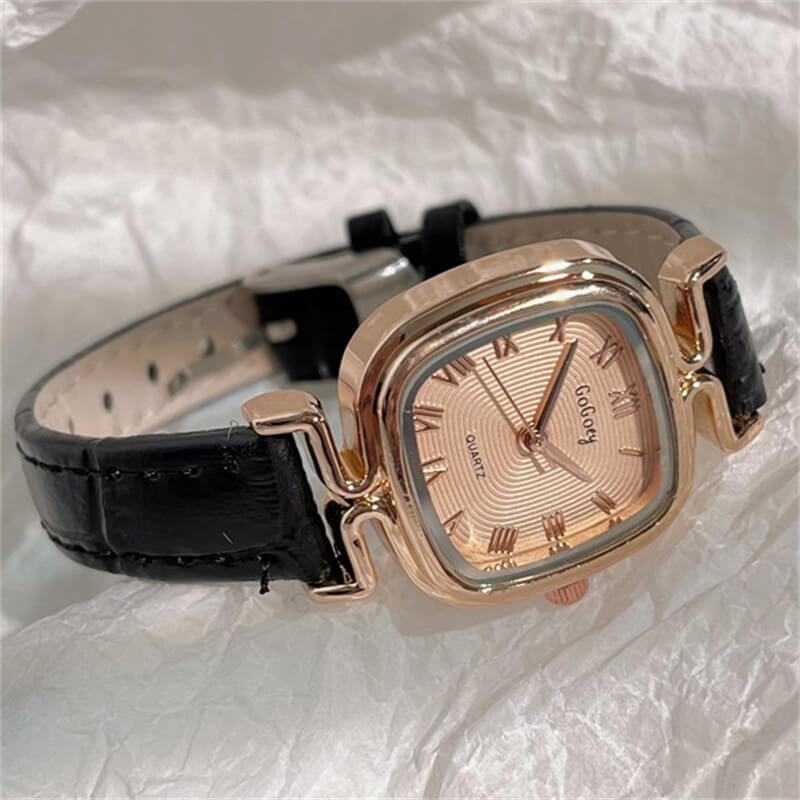
For those who prefer their watches to be as light as possible without compromising durability, titanium is the way to go. It’s stronger and lighter than stainless steel but also more expensive. Titanium watches often come with a matte finish and are popular in diver and aviation watches.
Ceramic watches offer a unique blend of durability and modern style. They are scratch-resistant and can maintain their appearance for years. Ceramic is often used in higher-end models and can come in various colors for an extra touch of individuality.
While we’re focusing mainly on case materials, it’s worth mentioning that strap materials are an integral part of a watch’s overall feel. Leather offers timeless class and comfort but isn’t ideal for sporty or water-based activities. Fabric straps like NATO or Perlon provide a casual, rugged look and are perfect for adventure enthusiasts.
When it comes to the watch’s face, sapphire crystal is the gold standard for durability and clarity. It’s second only to diamonds in hardness, making it highly scratch-resistant.
Selecting the perfect material will depend on how and where you plan to use your watch. Are you looking for something durable and functional for daily wear? Or are you seeking a statement piece for special occasions? The materials can dramatically change not just the watch’s appearance, but its purpose and longevity as well.
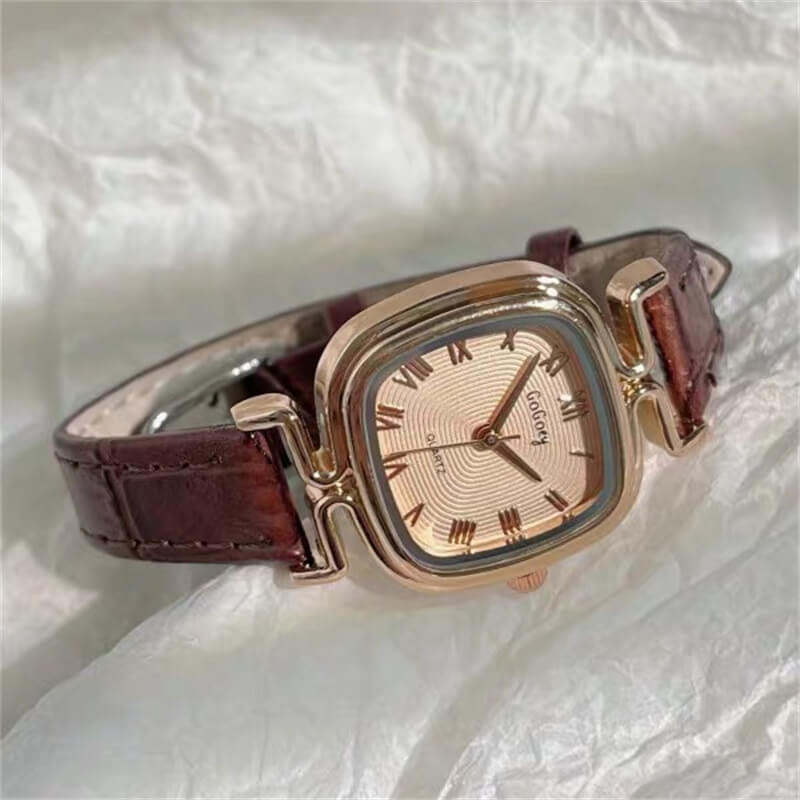
So when you’re out watch shopping, don’t just stop at admiring the dial and design. Take a moment to consider the materials, because, as we’ve seen, they truly do matter.
Choosing a watch isn’t just about telling time anymore; it’s about finding a timepiece that aligns with your lifestyle and meets your functional needs. Whether you’re a jet-setter, a fitness enthusiast, or someone who just wants to make a fashion statement, there’s a watch out there tailored for you. Let’s dive into some of the key features you should consider.
Unless you’re planning on living a life strictly on land, water resistance is an essential feature for your watch. This is especially true for those who enjoy water sports or simply want a watch that can survive the occasional accidental dip in the sink. Note that water resistance is generally indicated in meters but refers to static pressure, not actual diving depth.
For those who need to measure time intervals — think runners, pilots, or anyone who likes a sporty aesthetic — a chronograph is an invaluable tool. Modern chronographs are versatile, often combining date and time features alongside the stopwatch function.
Some watches come with full calendar features, including the day, date, and month. Even more advanced are moon phase indicators, often found in high-end and classic watches, for those who find romance in tracking the lunar cycle.

For the digitally inclined, some advanced quartz and virtually all smartwatches offer alarm settings and notifications. These watches can sync with your phone, providing you with essential alerts right on your wrist.
If you’re an outdoor enthusiast or fitness fanatic, GPS and fitness tracking features are worth considering. These watches can monitor everything from your heartbeat to the number of steps you’ve taken and even guide you back home if you get lost on a hiking trail.
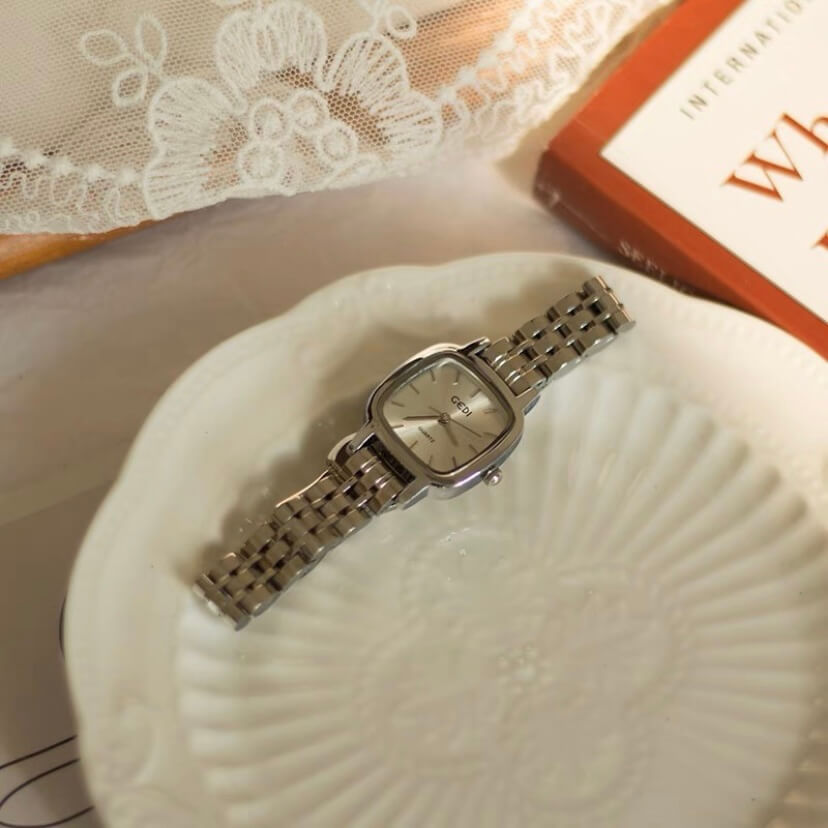
For readability in low light, opt for a watch with good luminosity. The type of material used in the luminous dials can also vary, with some newer, non-toxic materials offering longer and brighter illumination.
When shopping for a watch, it’s crucial to balance aesthetics with functionality. What good is a beautiful watch if it can’t perform the tasks you need it to? Always make sure to consider what features you genuinely need, along with what you find visually appealing. After all, a good watch is both an extension of your style and a tool tailored to your life.
Ah, the question that lingers in the minds of almost everyone on the hunt for a new watch: “How much should I spend?” Budgeting for a quality watch is an intricate dance between what you want and what you can actually afford. Here are some pointers to help you strike that ever-elusive balance between quality and affordability.
First thing’s first: decide on a ballpark figure that you’re comfortable spending. Are we talking in the hundreds, thousands, or tens of thousands? Having a rough budget in mind helps to narrow down your options considerably.

It’s essential to understand that not all watches in the same price range are created equal. The value of a watch can be subjective and depends on various factors such as brand reputation, materials used, craftsmanship, and features. Research thoroughly to ensure you’re getting the most bang for your buck.
If you’re investing a sizable amount in a watch, consider its longevity. A well-made, high-quality watch can last for decades if properly maintained. This makes the initial cost easier to stomach when spread over the watch’s lifetime. Consider the brand’s reputation for durability and check warranty options.
It might be tempting to go for a cheap watch to save money, but beware: you often get what you pay for. Cheap watches may lack durability, precision, and features. You may find yourself replacing a low-cost watch more frequently, costing you more in the long run.
If you’re lusting after a high-end watch but are restricted by budget, consider going the pre-owned or vintage route. This option allows you to own a luxury timepiece at a fraction of the cost. However, ensure you’re buying from a reputable source to avoid counterfeits.
Keep an eye out for sales, discounts, and promotions. Many brands and retailers offer seasonal sales, and this can be an excellent opportunity to snag a quality watch at a reduced price.

Finally, factor in the cost of maintenance. Mechanical and automatic watches require regular servicing, which can add to the overall cost. Even quartz watches will need battery replacements. Also, consider the cost of any additional accessories like straps or protective cases.
Buying a quality watch is indeed an investment, not just in the timepiece itself but also in your style and, to an extent, your quality of life. Budgeting wisely, without compromising too much on what you want, will help you find a watch that you’ll love not just for its looks but also for its performance and durability.